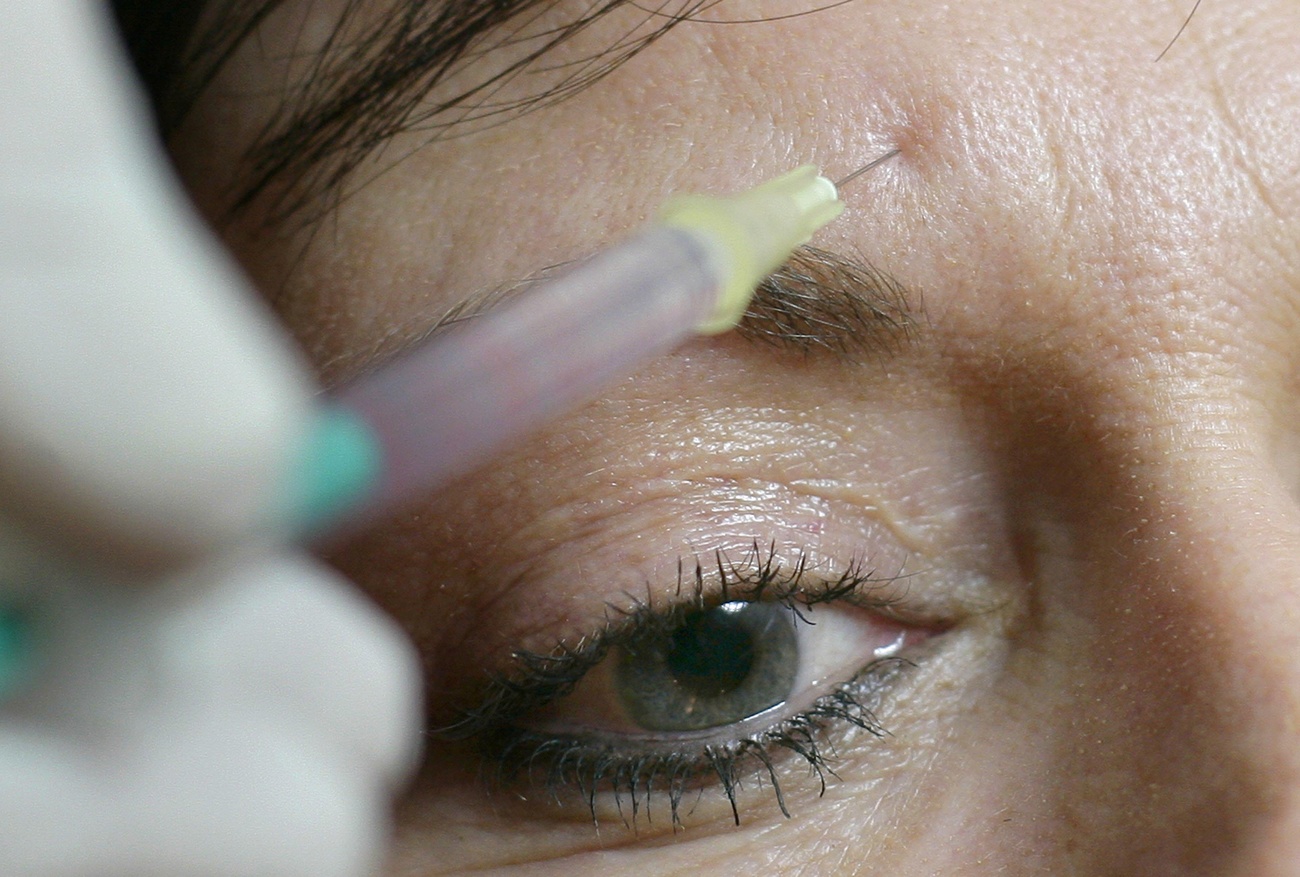Swiss researchers accidentally enhance effects of Botox

Swiss researchers have stumbled upon the means to supercharge Botox, as they were carrying out experiments designed to dampen the effects of the neurotoxin.
The research project was looking for ways to inhibit the effects of Botox, according to a statement from the Paul Scherrer Institute (PSI) on Monday.
PSI researchers developed proteins that dock onto the part of the enzyme that is responsible for its effect on the nerves. This technique was intended to act as a suppressant.
To the researchers’ surprise, however, the opposite happened: the toxic effect began even faster than usual, as a report published on Monday in the journal “Nature Communications” showed. “We initially thought we had done something wrong,” study lead author Oneda Leka was quoted as saying in the PSI announcement.
Botulinum toxin A1, or Botox for short, gained notoriety through its use as a cosmetic aid. However, Botox is also used in therapeutic medicine, as the PSI emphasised.
For example, to treat pain, spasticity or bladder weakness. Even in stomach cancer, Botox is used to block the vagus nerve and thus slow tumor growth.
Botox works by breaking down certain proteins that are important for nerve signal transmission. In the research project, the researchers artificially produced small proteins, so-called DARPin, which were intended to function similarly to antibodies and dock to the part of the protein that is responsible for cutting up other proteins.
“In vitro – i.e. in the test tube on individual samples – we have also identified a suitable DARPin candidate that curbs the function of botulinum toxin,” said study leader Richard Kammerer.
However, in experiments in the laboratory and later in mouse muscles, the opposite occurred. The researchers explain this by saying that the DARPin actually destabilises the toxin in such a way that it is transported more quickly into the interior of the nerve cell.
But this is not bad news, the researchers emphasised: Botox, for example, could relieve pain more quickly than before.
This news story has been written and carefully fact-checked by an external editorial team. At SWI swissinfo.ch we select the most relevant news for an international audience and use automatic translation tools such as DeepL to translate it into English. Providing you with automatically translated news gives us the time to write more in-depth articles. You can find them here.
If you want to know more about how we work, have a look here, and if you have feedback on this news story please write to english@swissinfo.ch.

In compliance with the JTI standards
More: SWI swissinfo.ch certified by the Journalism Trust Initiative
You can find an overview of ongoing debates with our journalists here. Please join us!
If you want to start a conversation about a topic raised in this article or want to report factual errors, email us at english@swissinfo.ch.